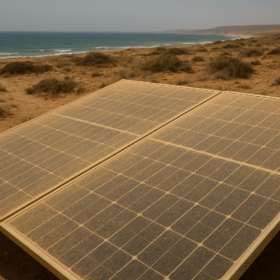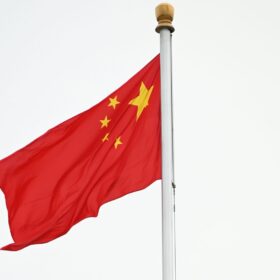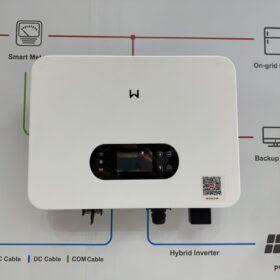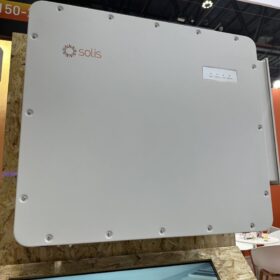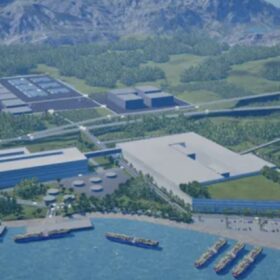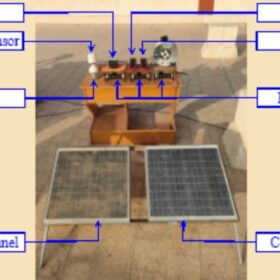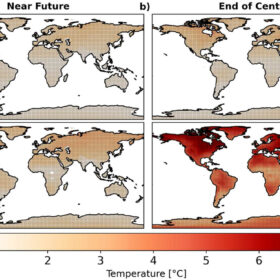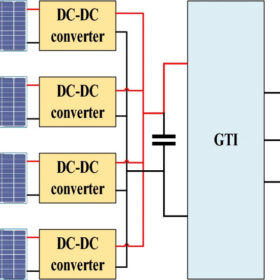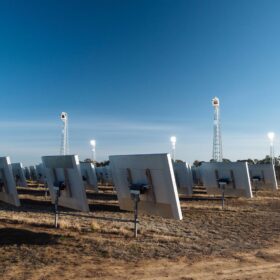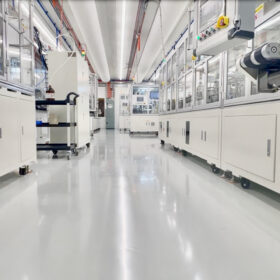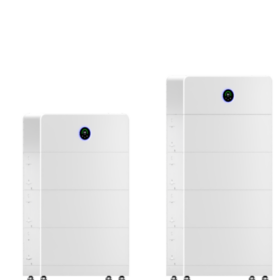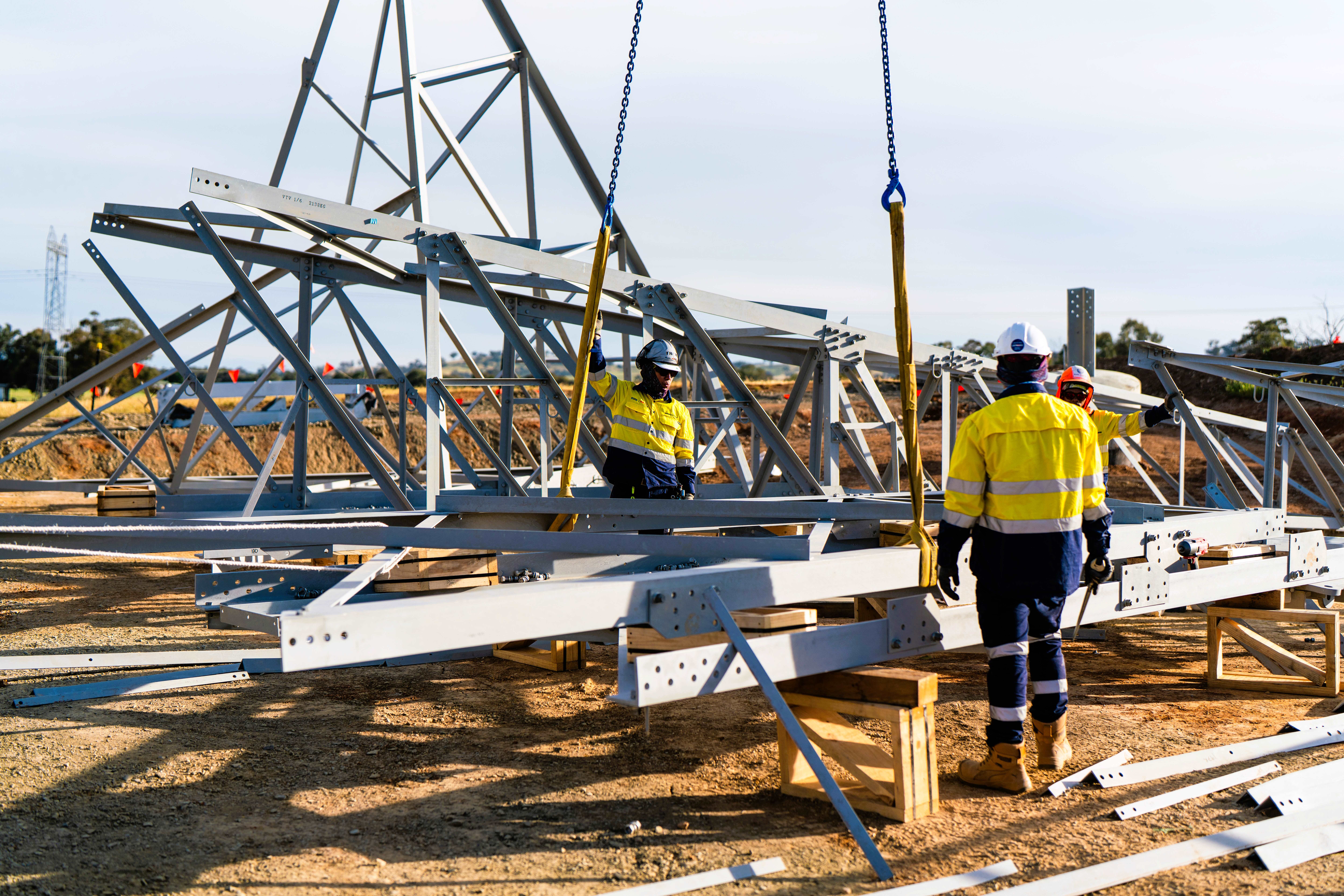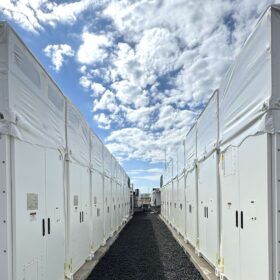The impact of dust on PV systems in arid coastal environments
A Saudi–Egyptian research team investigated the effects of four types of dust on photovoltaic panels in arid coastal environments, finding that power losses can reach up to 48%.
New method to predict solar module lifespans under sand erosion
A team of researchers in Algeria has designed a new testbed and a novel acceleration law that accounts for both wind speed and sand density. The new methodology was tested on four PV modules and showed lifespans of up to 47 years in terms of sand impact.
China hits 277.17 GW of new PV installations in 2024
China’s cumulative installed solar capacity hit 886.66 GW at the end of 2024, with 277.17 GW of new annual installations, up 45.48% year on year. The deployment surge exceeded forecasts, setting a new historical record for PV installations.
GoodWe unveils hybrid inverters for homes with weak wireless service
GoodWe says its ES Uniq Series hybrid inverters suit on-grid and off-grid applications, offering a maximum efficiency of 97.6% and a European efficiency of 96.2%.
Solis releases three-phase string C&I inverters with fuseless design
The Chinese inverter manufacturer said its new inverters have an MPPT current of up to 54 A and support more than a 150% DC/AC ratio. The new products also feature a maximum efficiency of 98.8% and a European efficiency rate of 98.3%.
China’s REPT Battero to build battery factory in Indonesia
China’s REPT Battero has revealed plans to build a lithium-ion battery plant in Indonesia, targeting 8 GWh of annual production capacity in the first phase.
Anti-soiling coating increases PV panel current in arid regions by 64.7%
Scientists in Egypt have created an anti-soiling coating for solar panels by mixing ethanol, deionized water, ammonium hydroxide and tetraethyl orthosilicate. They tested a coated panel outdoors for ten months and found that the panel showed a 64.7% higher current compared to reference modules without coating.
Renewables underpin Fortescue Morocco joint venture
Australian iron ore and renewables giant Fortescue Energy has signed a joint venture with Moroccan phosphate mining company OCP Group to supply green hydrogen, ammonia, and fertilisers to Morocco, Europe and international markets.
Solar productivity negatively impacted by emissions and aerosols, study finds
A study by engineers at UNSW, published in the Renewable Energy journal, shows that aerosols and greenhouse gas emissions reduce the productivity of photovoltaic installations and that this differs according to the global region.
New MPPT approach for multi-string PV systems under partial shading
Egyptian researchers has developed a multi-string PV system with a converter control strategy, achieving 99.81% efficiency with a direct duty cycle for maximum power point tracking (MPPT).
